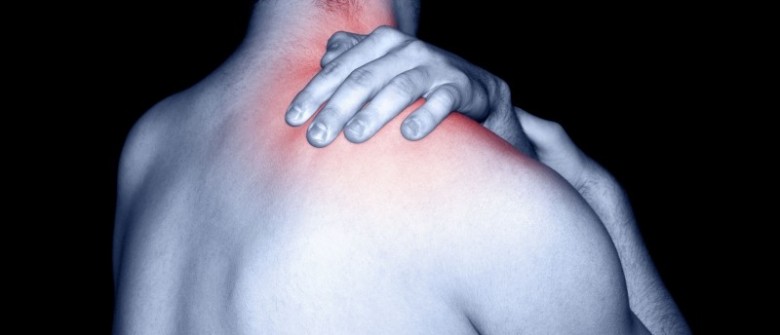Pressure Sores After a Back Injury
Category: Back Pain | Author: Stefano Sinicropi

Sometimes after a person suffers a back injury, all the focus and attention goes to the injury itself, which can leave a person susceptible to related injuries. One such injury that can be the direct result of a spine injury is a pressure sore. These injuries to the skin and tissue can be sources of pain and can lead to major issues if infections or other problems set in. Today, we look at how pressure sores can develop after a spine injury, and how to care for them.
Why Pressure Sores Develop
Pressure sores can develop for a few different reasons, especially after a back injury. Here are four common reasons they develop:
- Constant Pressure – If you’re forced to lie in the same position because a back injury has severely impacted your ability to move, constant pressure on certain areas of your body can lead to the development of pressure sores.
- Friction – If you’re bed-ridden with a back injury, friction from motion against the sheets over the course of days or weeks can spur pressure sore development.
- Shearing – Movement against objects, similar to friction, can cause the skin to fold over itself and limit blood supply to the area.
- Irritation/Wetness – Back injuries that force you to remain in a bed or wear a brace can prevent airflow in areas of your back. Moisture development from sweat can make shearing and friction worse, leading to pressure sore development.
Pressure Sore Prevention and Treatment
Pressure sores can be prevented by avoiding the four common causes of pressure sore development. To prevent constant pressure on an area after a spine injury, change positions often, and if pain makes it difficult to move on your own, have someone help you move using proper lifting and positioning techniques.
If you need to use a wheelchair or crutches to get around after a spine injury, pad the points of contact to reduce pressure and friction against your body. Also, try to avoid sliding out of bed or against the bed sheets as much as possible to reduce friction and shearing. Change your dressing often and take your back brace off when possible to reduce wetness and irritation.
If you believe a pressure sore is developing or has already developed, speak to your back specialist or your physician. Oftentimes they’ll advise staying off the area as much as possible, and following previously listed prevention techniques. Doctors can also test any discharge to see if an infection has set in, as those can lead to serious problems.
Back injuries can cause a lot of pain and discomfort, but if you’re not careful, pressure sores can complicate the equation. Follow the above tips and monitor areas of your body (like your tailbone, thighs, elbows, heels) that are susceptible to pressure sore development.